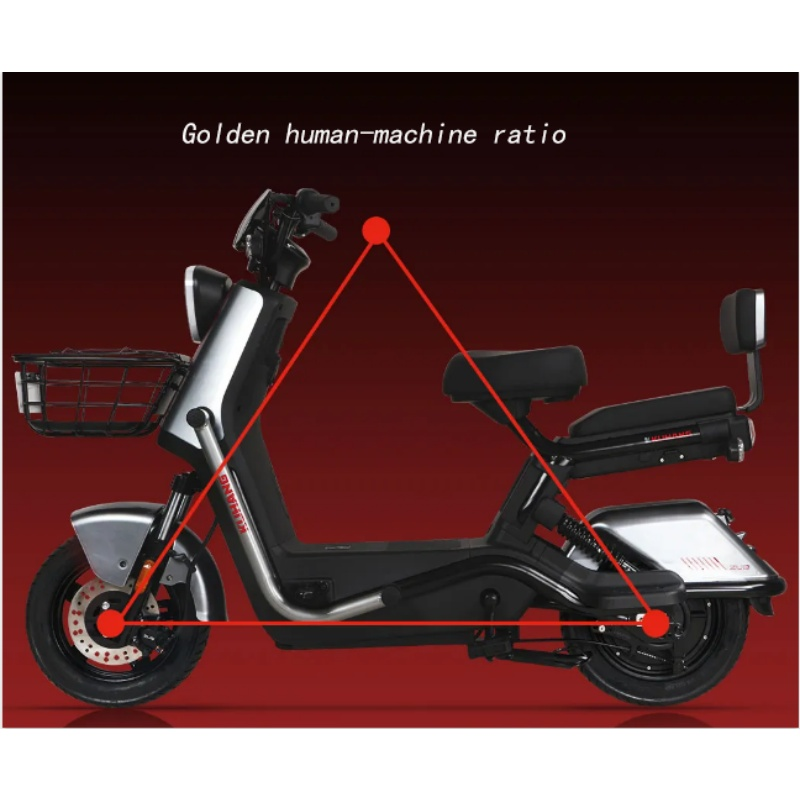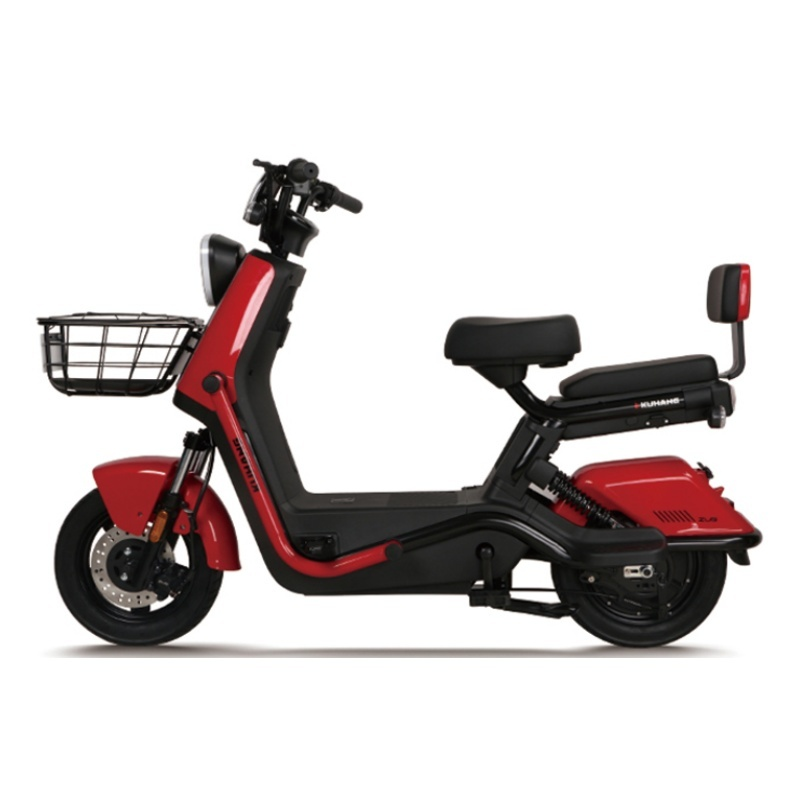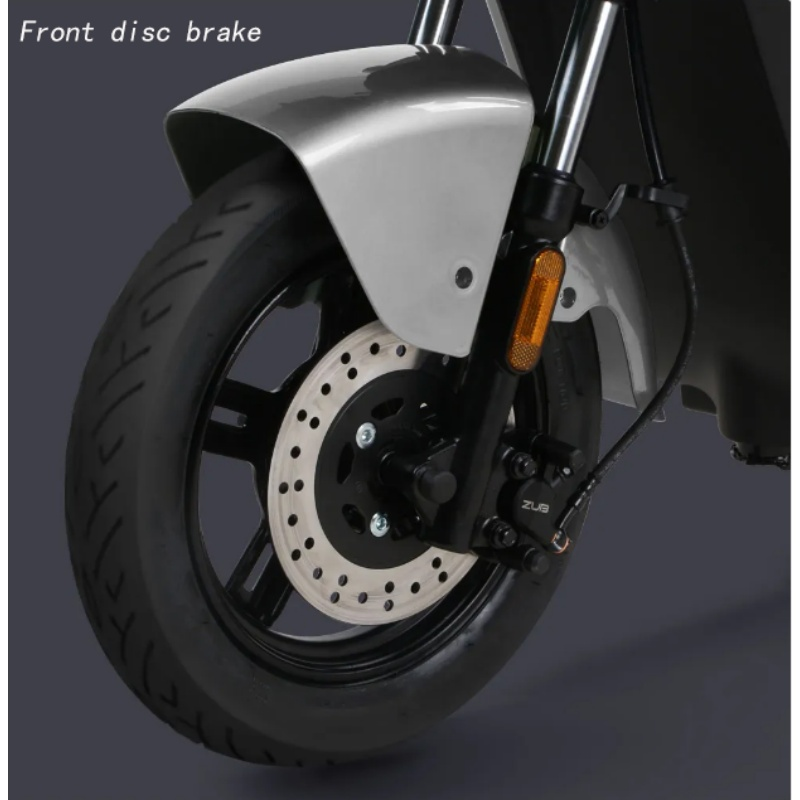electric scooter price
Electric scooter prices have become a crucial consideration for urban commuters seeking efficient and eco-friendly transportation solutions. The market offers a diverse range of options, with entry-level models starting around $300 and premium versions reaching up to $1,500 or more. These prices reflect various features such as battery capacity, motor power, range capabilities, and build quality. Most consumer-grade electric scooters provide ranges between 15-30 miles per charge, with speeds typically capping at 15-20 mph for safety and regulatory compliance. The price spectrum often correlates with battery technology, with higher-end models featuring premium lithium-ion batteries that offer better longevity and charging efficiency. Additionally, advanced features like regenerative braking, smartphone connectivity, built-in security systems, and adjustable speed modes contribute to price variations. Manufacturers now incorporate various safety features across price points, including LED lighting systems, reliable braking mechanisms, and durable construction materials. The investment in an electric scooter often pays off through reduced transportation costs, minimal maintenance requirements, and zero fuel expenses.


